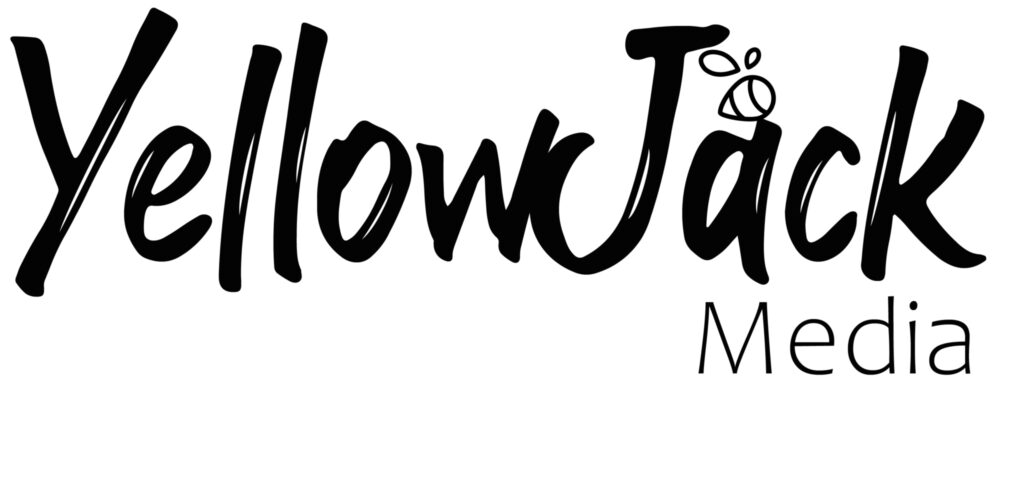Google Ads can drive fast sales for any business. It’s one of the best marketing tools that any digital marketer can use. If we want to see our businesses grow and succeed, then we need to integrate paid ads into our marketing strategies.
With Google Ads, we can easily outrank competitors on the world’s largest search engine. By doing so, we can build a larger audience for our brands. The best thing is, it’s much faster than SEO, where we have to wait months to see the results of our optimizations and not have guarantees on getting on to the top results page. Google Ads can skyrocket straight through to the top in just minutes. It enables any business to reach the right people at the right time.
However, using Google Ads requires mastery and strategy. Google, like any other tech platform, is continuously evolving. In this article, we’ll delve into the best Google Ads practices that can ensure success for 2021. Read on to learn more!
Focus on User Intent
The key to managing successful Google Ads campaigns lies in being consistent with your overall keyword performance. Most marketers use the SKAGs strategy. SKAGs, or single keyword ad groups, target a single keyword in each group by using match types. What does this mean, and how does it connect with user intent?
Simple. Because we can group keywords, we must consider the user intent behind each group to know when to push more. For example, branded search terms have higher buyer intent since users who search our brand already know who we are, what we’re offering, and are more likely to make a purchase. Therefore, to get the most conversions, we want to be more aggressive in grouping branded keywords and spending more on this campaign.
Another thing we should consider grouping together are transactional search terms. Transactional keywords are search terms that contain “price” and “discount” in them. The users are already far enough along the sales funnel that they’re researching how much the product or service you’re selling costs. Our return on advertising spend (ROAS) would be significantly higher if we push for the groups of keywords with stronger buyer intent.
The bottom line here is to group keywords according to user intent. Knowing what stage our potential customers are at in the sales funnel helps us optimize and customize our campaigns. It allows us to manage them so our campaigns aren’t one hot messy affair. Doing so can also pinpoint which keyword groups we want to be more aggressive on and which groups we can reduce our bids on, saving us time, energy, and money.
Prune Your Google Ads Campaigns Wisely
Optimizing paid ads can be overwhelming as time passes by. Not only do we have to manage a handful of campaigns and optimize over a hundred ad copies, but we also have to mind thousands of keywords as we add new ones every single day. It’s enough to drive anyone crazy. However, to succeed in Google Ads, it’s what we have to do.
This is where we have to exercise prudence and prune underperforming campaigns. The Quality Score and the Search Query Report can give us insights into the keywords that trigger our ads. Looking at the data and the numbers enables us to trim campaigns that we can let go of without affecting the overall performance. If we can successfully cut the fat around our paid campaigns, we can save up to 32% of our market spend on average.
Double Down on Already Profitable Keywords
Most digital marketers’ knee-jerk reaction when pushing for more sales is to buy new keywords. While this is a tested and proven strategy for Google Ads, it’s just as essential to ensure that we have the maximum market share on our top-performing keywords. To do this, we monitor the “Impression Share” on Google Ads SERPs.
To keep things streamlined, choose to focus on the top ten performing campaigns. You should also check out competitors’ market shares and keep an eye out for instances where you’re not showing up on specific keywords that competitors have bid on.
Keep Optimizing Your Ads
The average user is exposed to more than 6,000 ads daily. With thousands of ads all vying for attention, how do you make sure that your ads are the ones your target market clicks on?
We must continuously optimize the copy and visuals we use in our ads to attract attention and be on the top spot on SERPs. Google Ads seems to be following Facebook Ads’ steps in which the quality of ads is an essential metric in ad performance.
Because we can never determine which copy or visual will work best with the target market, we often refer to A/B testing and look at our historical data. With A/B testing, we can do quick experiments to find out which creative execution yielded the best results. Historical data paints us a picture of what our audience wants to see from us, and we can use this insight to replicate past successes.
Practice a User-centric Approach
Google is taking a user-first approach. These days, it’s not enough to plug in keywords with the highest search volume. It’s essential to know our audience, what they want, and what value we can add to their lives.
We must know how to gather data to get to know our potential and current customers. This means understanding their socio-demographics, time of the day they’re most active, their location, devices they use, and other details. By integrating these kernels of audience information in our campaigns, we can bid better, spend smarter, and have higher chances of increasing traffic and sales.
The Key to Succeeding in Google Ads for 2021
Google Ads is an ever-changing platform. We might think we already know all there is to know about paid ads, but one major update in the algorithms can quickly upend everything. It’s vital to be flexible and expand our knowledge on navigating the vast landscape of digital marketing. Adapting to changes can mean the difference between success and failure. The fact that you are reading this article already means that you are on the right track!




